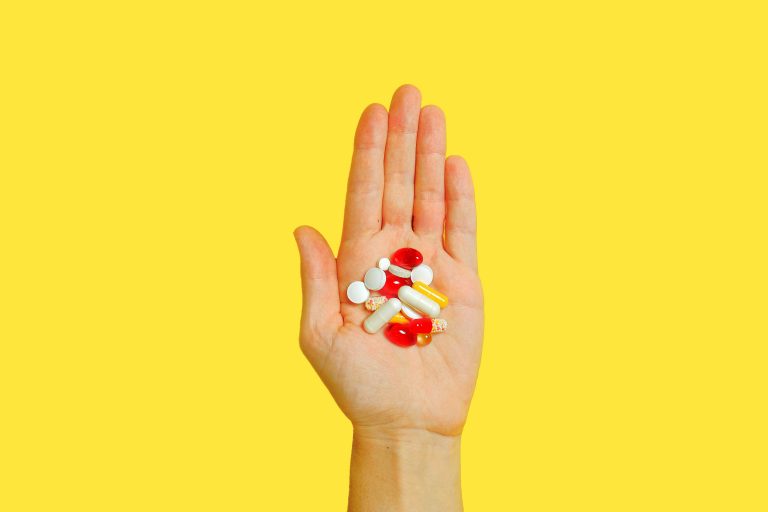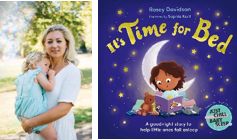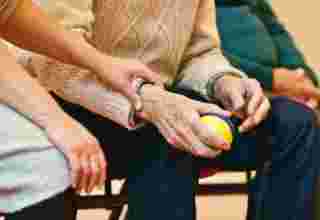
More than one in 10 items in the typical medical cabinet are ‘out of date’ – and could pose a health risk.
Researchers who polled 2,000 adults found 44 per cent don’t even tend to check the date of pharmacy items before taking them.
But 26 per cent had no idea that these products can become ineffective or even be detrimental to their health upon reaching their expiry date.
The study also found the typical medicine cabinet is chock-a-block full of 29 items.
With packets of aspirins, ibuprofen and paracetamol among the most common products to be found in there.
Farah Ali of Perrigo, which commissioned the research, said: “Expired medical products may be less effective or even pose a risk because the chemical composition can change, and potency can decrease with time.
“Some out of date OTC medications can be prone to bacterial growth, and antibiotics that have expired may fail to successfully treat an infection, which could lead to more serious illnesses or even antibiotic resistance.”
The study also found 13 per cent are ‘not worried’ in the slightest about expiry dates on pharmacy items.
And 17 per cent revealed they’ve taken such products after they’ve gone beyond their expiry date on ‘many’ occasions.
But 30 per cent hold on to expired medicines because they think they ‘might still be useful’ – even though they could put their health on the line.
It also emerged one in eight only check the contents of their medicine cabinet every two years – or less.
The study carried out through OnePoll also found 70 per cent believe it’s more important now than ever before to have a well-maintained medicine cupboard this winter.
Farah Ali added: “The end of the year is a sensible time to review the contents of your home medicine cabinet.
“We are heading into a challenging winter and, while you should always seek medical advice on serious conditions, it makes sense to be prepared to alleviate many everyday family ailments, if you can.
“Throw anything out that is beyond its expiry date and consider all the basics from painkillers, medications to bring fevers down and cold and flu treatments – to antiseptic creams and plasters.”
TOP 20 ESSENTIAL ITEMS FOR A MEDICINE CABINET
1. Aspirins/ibuprofen/paracetamol – 73 per cent
2. Plasters – 62 per cent
3. Antiseptic cream – 51 per cent
4. Cold/flu medicine – 51 per cent
5. Bandages/dressings – 47 per cent
6. Heartburn/indigestion treatment – 35 per cent
7. Suntan lotion – 33 per cent
8. Cough syrup – 29 per cent
9. Treatments for allergies – 29 per cent
10. Treatments for insect bites – 28 per cent
11. Anti-diarrhoea tablets – 28 per cent
12. Treatments for hay fever relief – 28 per cent
13. Topical pain relief – muscle pain relief balms and sprays – 26 per cent
14. Vitamins for adults – 22 per cent
15. Eyewash/eye drops – 20 per cent
16. Mouth ulcer treatment/cold sore treatment – 20 per cent
17. Insect repellent – 15 per cent
18. Contraception items – 11 per cent
19. Oral rehydration salts – 10 per cent
20. Ear drops – nine per cent
ENDS





















